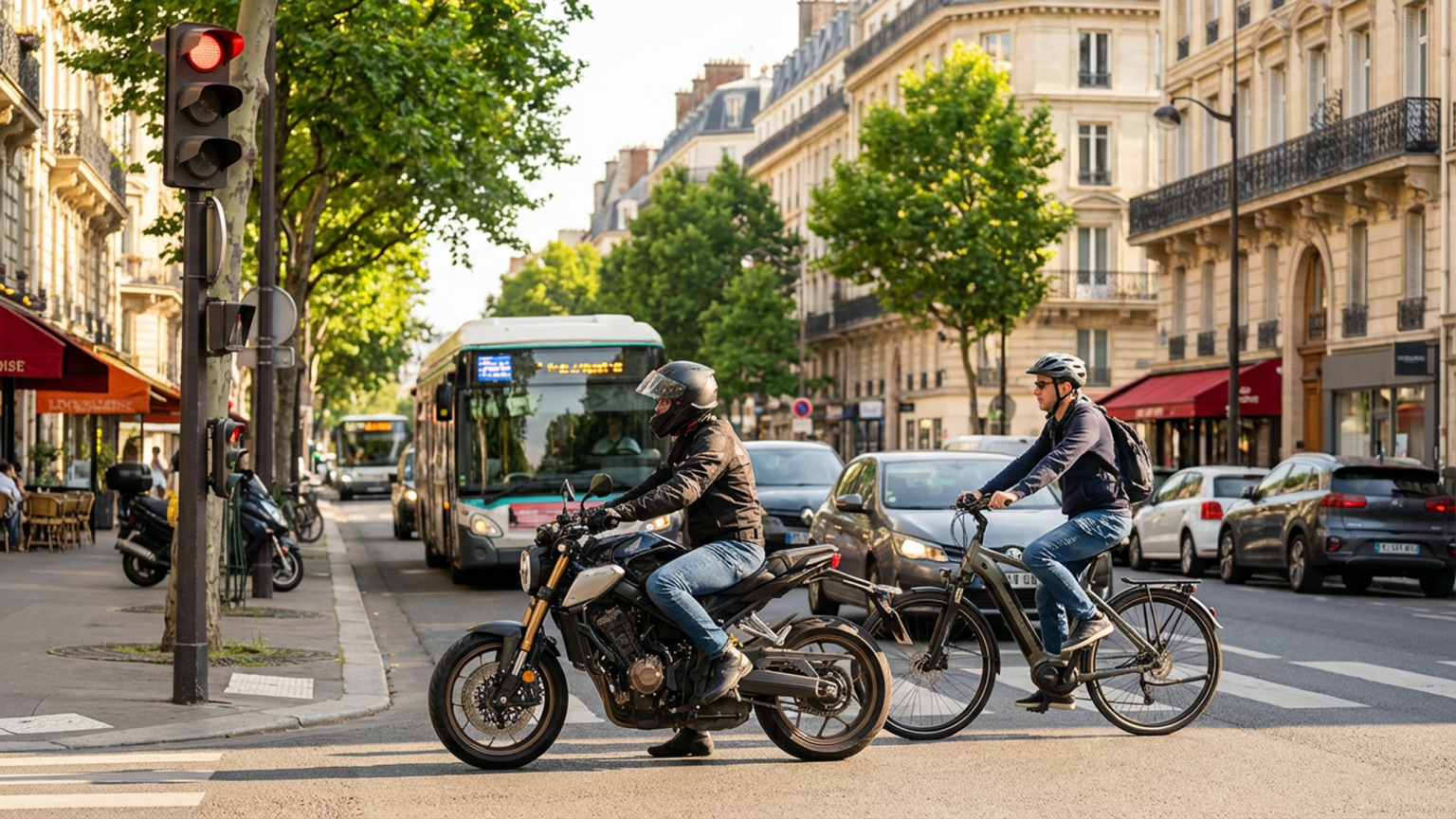- Motorcycles are on average 15 to 30% faster than cars.
- Significant cost increases since 2017 for all modes of transport.
- Bicycles are almost as fast as motorcycles on short distances.
A recent comparison of different modes of transport during European Mobility Week provides a clear overview of efficiency and costs in urban traffic. The tests, coordinated by the FEMA (Fédération Européenne des Associations Motocyclistes) and carried out in France by the FFMC (Fédération Française des Motards en Colère), highlight the strengths and weaknesses of each option. Distances of 5.6 to 16 km were examined in cities such as Bordeaux, Lyon, Besançon, Avignon, and Niort – at times of peak traffic in each case.
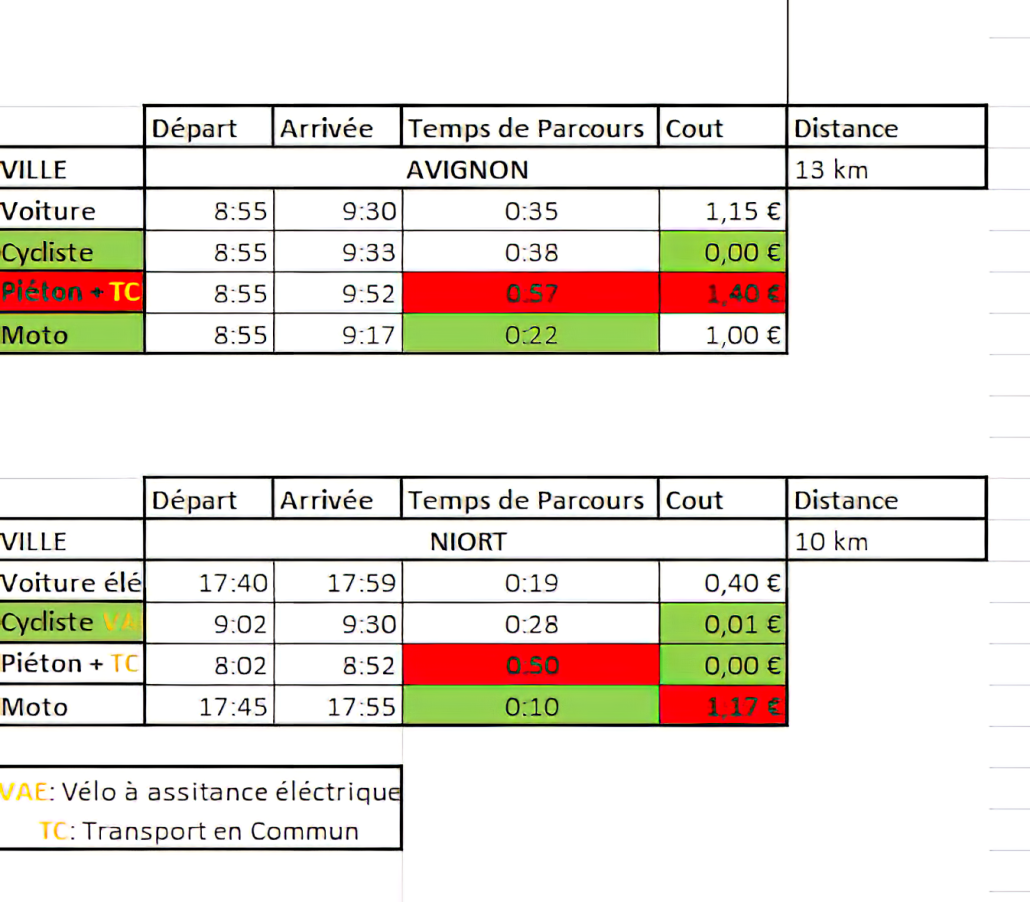
Comparison of modes of transport: Focus on time and costs
The results of the study paint a clear picture: Motorcycles and scooters are the fastest modes of transport in dense urban traffic. In all cities tested, the time savings compared to cars ranged from 15 to 30%. In direct comparison to public transport, they were even twice as fast. Take Bordeaux, for example: for a distance of just over 10 km, the motorcycle took 23 minutes, the car 37 minutes, and the combination of walking and public transport as long as 64 minutes.
There are differences in terms of cost: while the price per kilometer for motorcycles and scooters is lower than for cars, it is usually higher than for public transport or bicycles. Public transport often offers the cheapest price per kilometer, but at the expense of travel time. Cars are usually the least favorable in terms of both time and cost. High fuel prices, parking fees, and regular traffic jams significantly increase costs.

Bicycles: Increasingly competitive – especially on short distances
The comparison also shows that bicycles are becoming an increasingly serious alternative, especially on shorter distances. In cities such as Besançon and Niort, travel times for cyclists were close to those for motorcyclists, while the costs for daily use are almost negligible. According to the analysis, e-bikes also contribute to improved performance. On longer distances, especially beyond 10 km, however, a lack of infrastructure, weather, and fatigue make the difference in favor of motorcycles or public transport.
Public transport: cheap but slow
Pedestrians and bus and train users benefit from the lowest costs, but have to accept considerable time losses. In the test, public transport took over an hour and 16 minutes to cover 16 km in Lyon, while the motorcycle covered the same distance in 28 minutes.
Car: high costs, low efficiency
The car performs poorly in the comparison. Time lost due to traffic jams, high fuel prices, and parking fees mean that car users need up to 40% more time than motorcyclists and incur up to ten times higher costs per trip. In addition, the high space requirements of cars contribute significantly to traffic congestion.
Cost development: Significant increases since 2017
The study also shows a significant increase in costs for all modes of transport. Take Bordeaux, for example: the price of a motorcycle trip on the same route rose by 33% between 2017 and 2025 to €1.12 (approx. $1.22). During the same period, the price of a public transport ticket rose by 26.7% to €1.90 (approx. $2.07). This trend affects all cities tested and highlights the economic challenges facing urban areas.
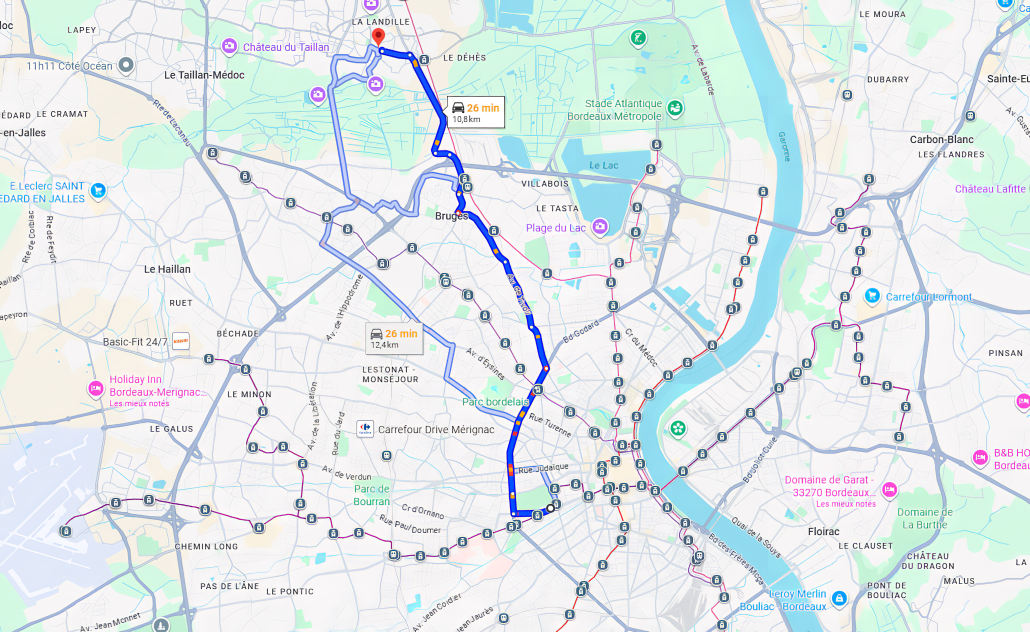
Conclusion: Complementary rather than competitive – the interplay of different forms of mobility
The results show that motorcycles remain the most efficient choice for commuters who value speed. Bicycles are becoming increasingly popular, especially thanks to e-bikes, but they reach their limits on longer distances and when infrastructure is poor. Public transportation is inexpensive, but often too slow. Cars are becoming increasingly unattractive for daily city travel due to high costs and time losses.
The FFMC emphasizes that the aim is not to pit modes of transport against each other, but to highlight how they complement each other. Each mode of transport has its strengths and weaknesses. The promotion of motorcycles and bicycles, as well as the expansion of infrastructure for public transport and so-called “soft mobility,” are necessary to make the mobility of the future sustainable and efficient.
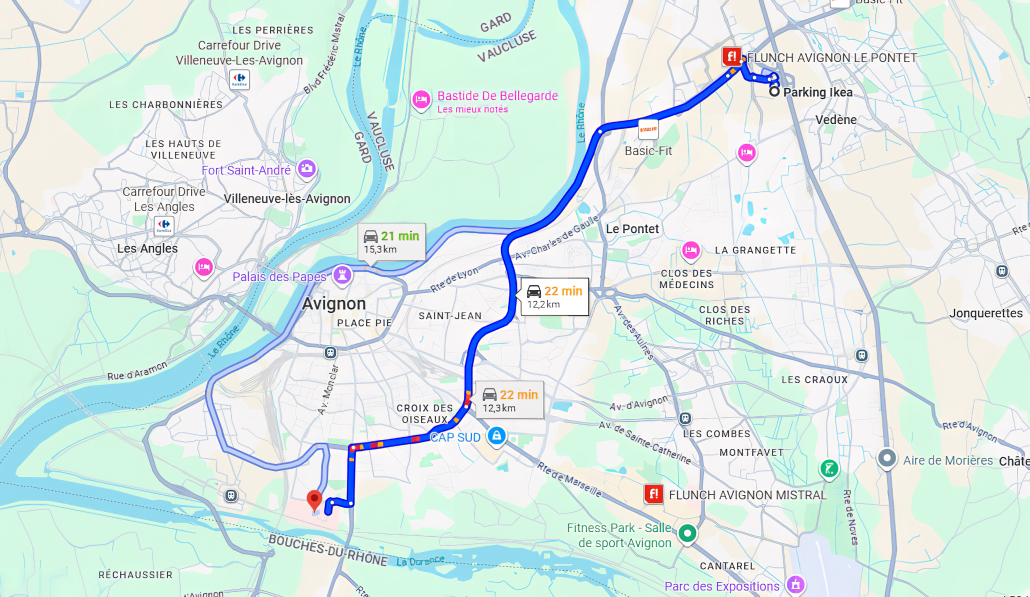
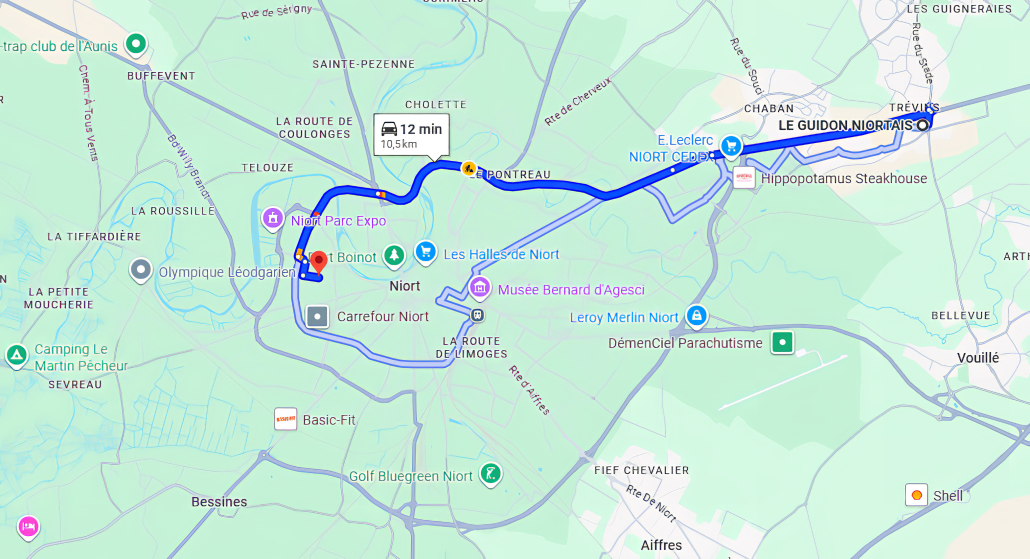
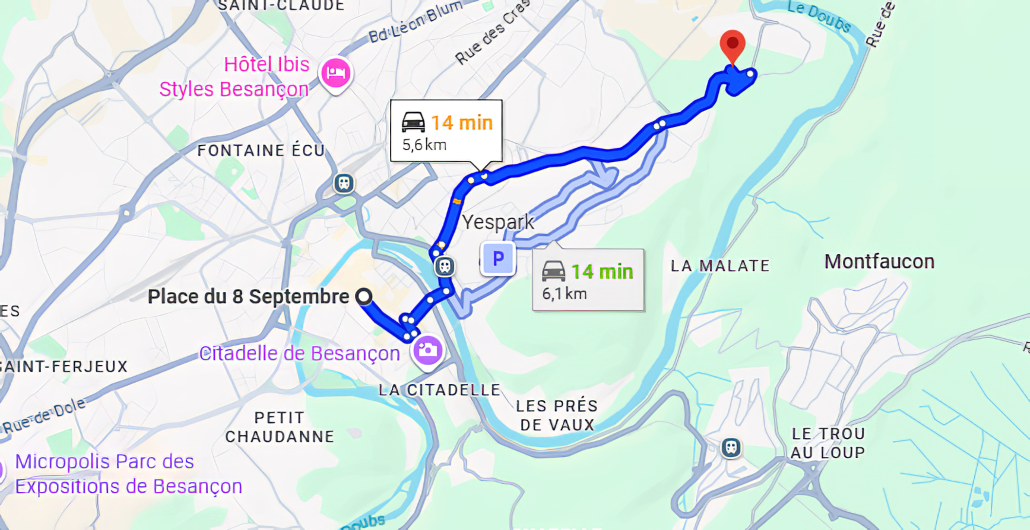
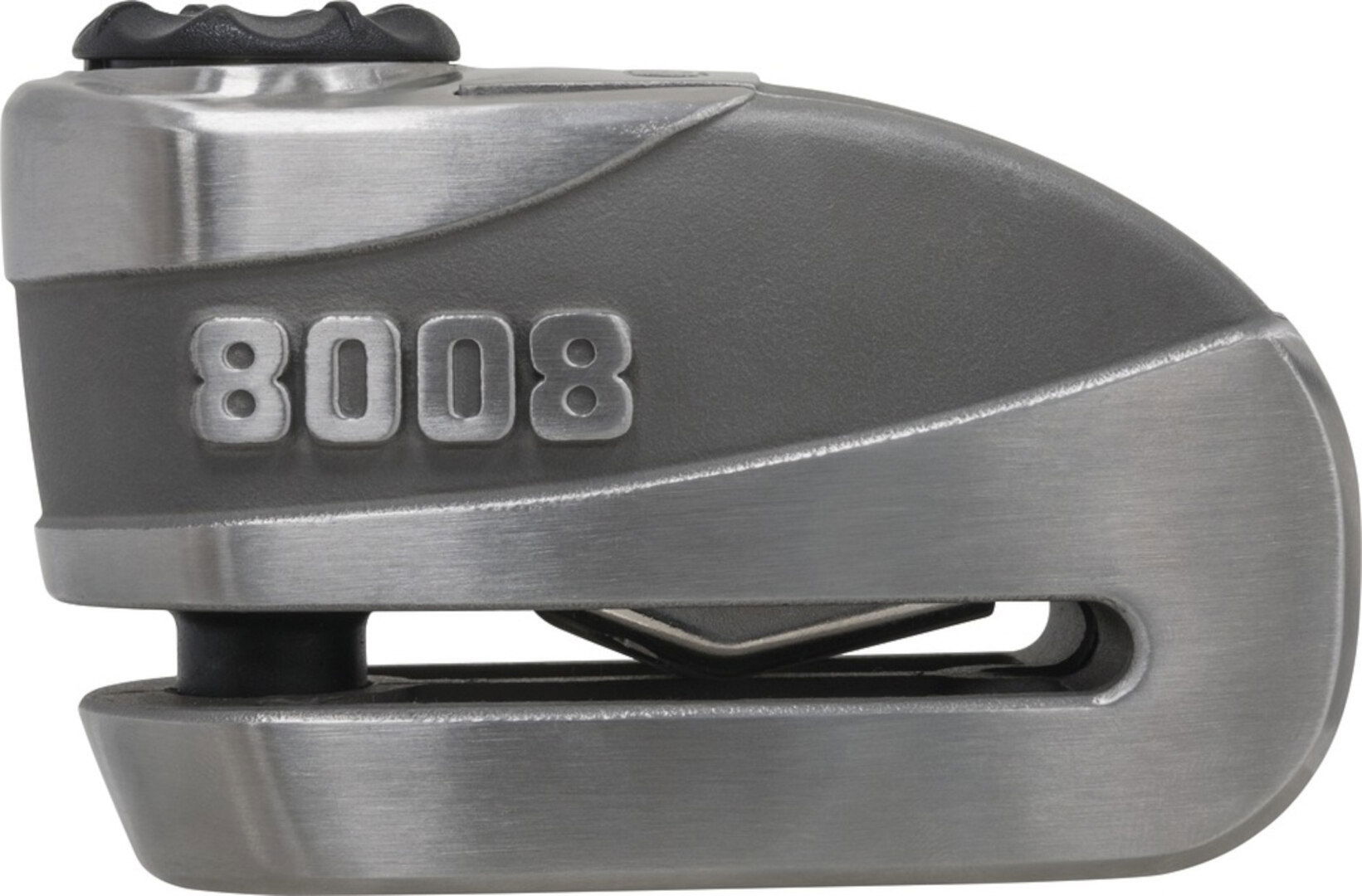

- ABUS 79270ABUS Bremsscheibenschloss Detecto X-Plus 8008 2.0 Bremsscheibenschloss



